What does PPE stand for?
PPE is abbreviation for Personal Protection Equipment. It is equipment worn by a worker to minimize exposure to specific hazards that can be encountered during operations at a work site. Examples of PPE include respirators, gloves, aprons, fall protection, and full body suits, as well as head, eye and foot protection. Using PPE is only one element in a complete hazard control program that would use a variety of strategies to maintain a safe and healthy environment. PPE does not reduce the hazard itself nor does it guarantee permanent or total protection. It is intended to reduce impact from hazards.
What is the use of PPE?
Hazards exist in every workplace so strategies to protect workers are essential. The priority should be to follow the “hierarchy of control” including elimination, substitution, or engineering control(s) of hazards at their source or along the path between the source and the worker. Many methods are available, and those most appropriate to the specific situation should be used.

Learn more about controlling hazards
Planning a Protection Strategy
Before any decision is made to begin or to expand a PPE program, it is important to understand the underlying principles of protection strategies.
The main elements that must be considered are:
Protection of Workers
the ultimate goal is to make our close ones come home unharmed.
Compliance
with applicable laws / regulations / standards / guidelines.
Compliance
with internal company requirements.
Technical Feasibility
Reason is also important.
A good comprehensive strategy considers the hazards, conducts a risk assessment, evaluates all possible control methods, integrates various approaches, and reexamines the controls frequently to make sure that the hazard continues to be controlled.
When PPE should be used?
PPE is used to reduce or minimize the exposure or contact to injurious physical, chemical, ergonomic, or biological agents. Remember, a hazard is not “gone” when PPE is used, but the risk of injury may be reduced.
PPE should only be used:
- as an interim (short term) measure before controls are implemented
- where other controls are not available or adequate
- during activities such as maintenance, clean up, and repair where pre-contact controls are not feasible or effective
- during emergency situations.
By law, workers must use personal protective equipment in the workplace when it is required. Employer responsibilities include providing instruction on what PPE is needed, maintenance and cleaning of the equipment, and educating and training workers on proper use of PPE. In every jurisdiction, it is clear that the employer is responsible for making sure these requirements are met.
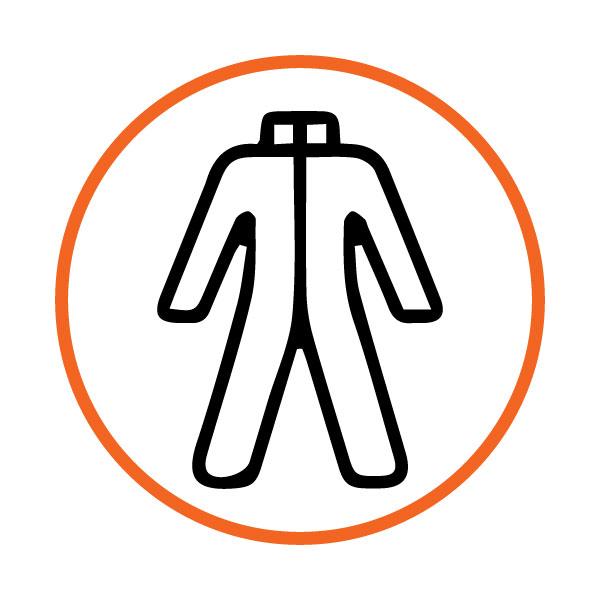
Match PPE to hazards
There are no shortcuts to PPE selection. Choose the right PPE to match the hazard.
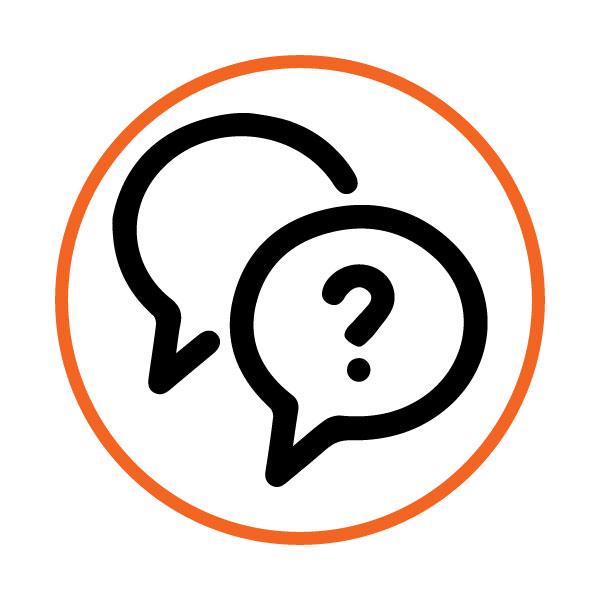
Obtain Advice
Make decisions based on risk assessment, worker acceptance, and types of PPE available. Once you have determined your PPE needs, do research and discuss your needs with trained sales representatives and ask for their recommendations.
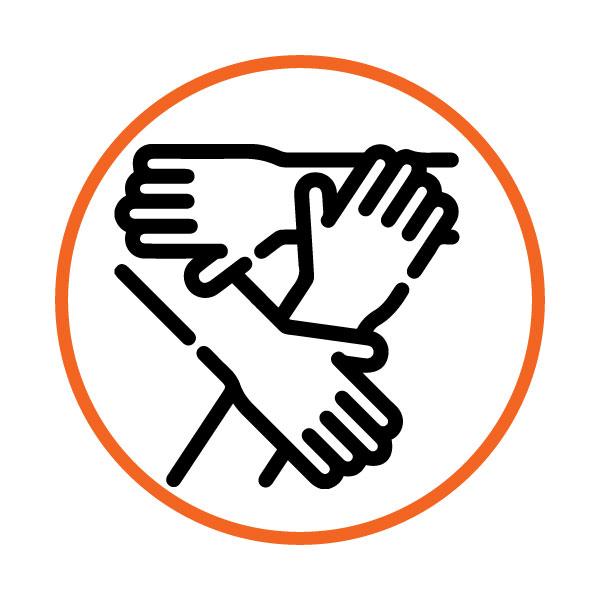
Involve workers in evaluations
It is extremely important to have workers involved in the selection of models. This way, much information regarding fit, comfort, and worker acceptability will be gained.
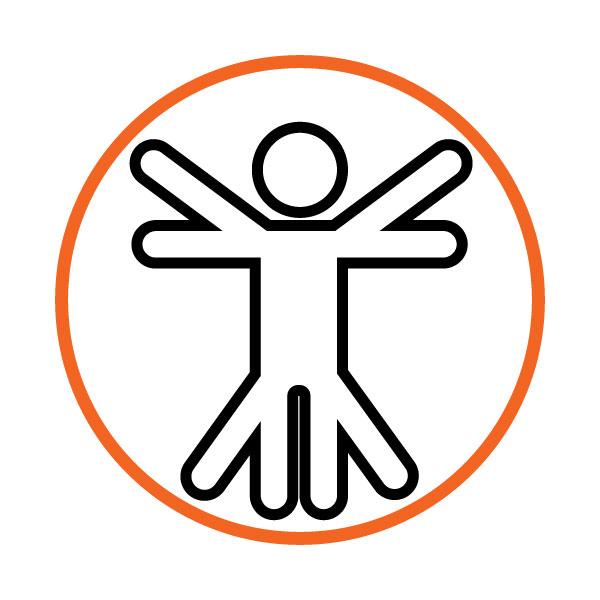
PPE Ergonomics
If PPE is unnecessarily heavy or poorly fitted limiting dexterity it is unlikely that it will be worn. Note also that if a PPE is unattractive or uncomfortable, or there is no ability for workers to choose among models, compliance is likely to be poor.
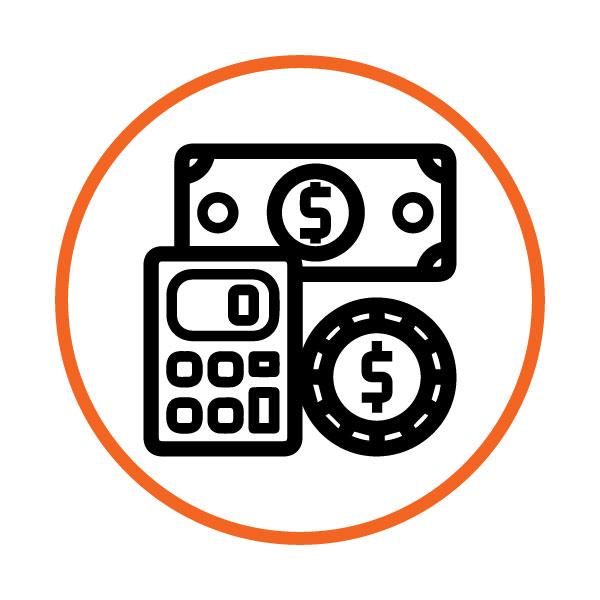
Cost Considerations
The cost of PPE is often a concern. Some programs use cheaper materials for example. However, when the use is evaluated over time, it is possible that more expensive fabrics wear off longer and would be more economical.
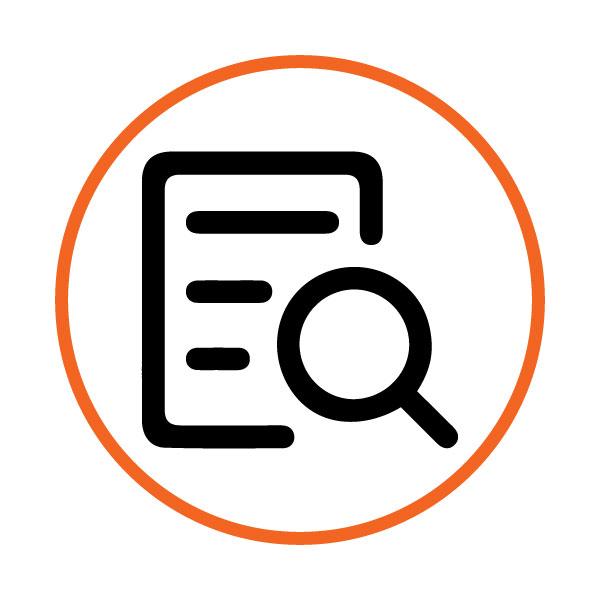
Review Standards
Performance requirements of all standards must be reviewed to ensure that exposure to injury will be minimized or eliminated by using PPE. If PPE is exposed to hazards greater than those for which it is designed, it will not deliver adequate protection.
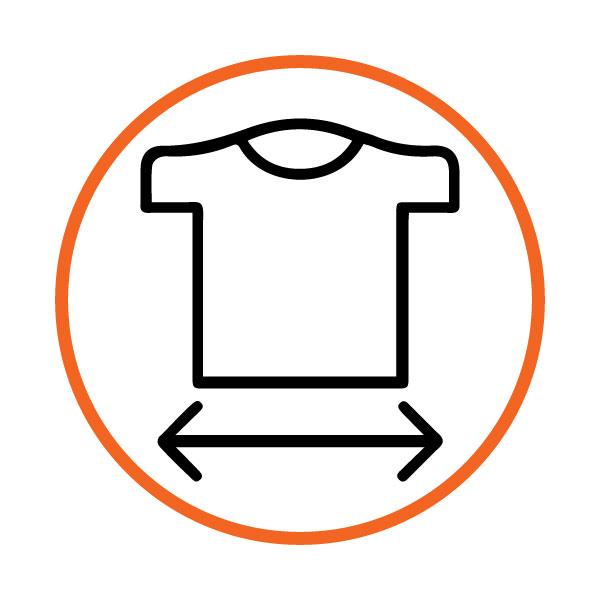
Check the fit
When the selection was made, the “fitting” component should be put in place. The key is to fit each worker with PPE on an individual basis. At the time of fitting, show each worker how to wear and maintain PPE properly.
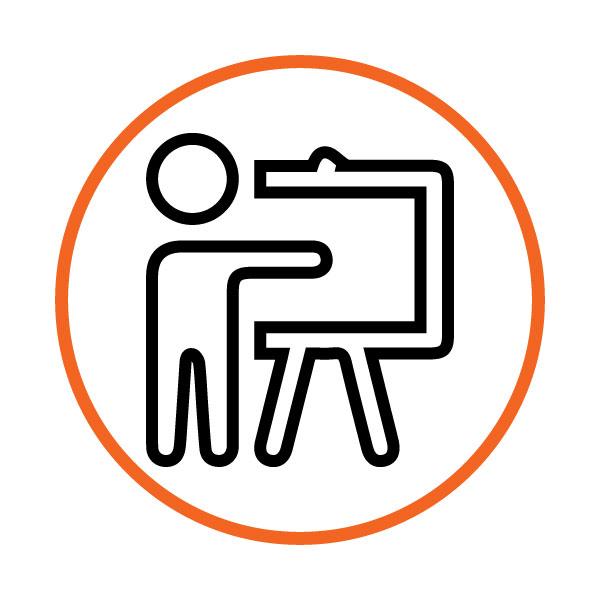
Education and Training
No program can be complete without education and training to make sure PPE is used effectively. Education and training should cover why it is important, how to fit and wear PPE, how to adjust it for maximum protection, and how to care for it.
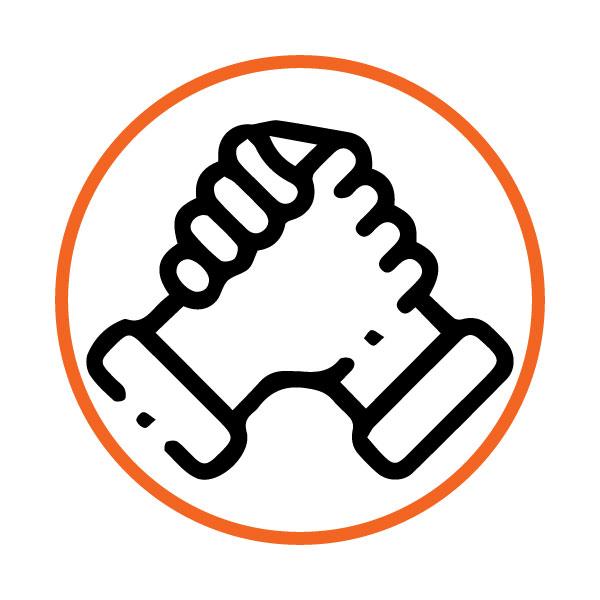
Get Support
Once the program is under way there will be a continuing need for involvement from management, safety, supervisors, individual workers, and even the suppliers of PPE.

Audit the Program
As with any program or procedure implemented in an organization, the effectiveness should be monitored by inspection of the equipment and auditing of procedures.
Wearing poorly maintained or malfunctioning PPE could be more dangerous than not wearing any form of protection at all.
Why are there so many precautions about using PPE?
PPE programs should not promote belief that once a piece of equipment is put on, the worker is totally protected. This is a false sense of security. Basic safety principles, such as housekeeping and engineering controls, must not be ignored.
PPE is designed to meet criteria which is only an approximation of real working conditions. PPE should not be used when hazards are greater than those for which that specific piece of equipment is designed. When it comes to the evaluation of potential hazards, uncertainties need to be taken into account. Unfortunately, PPE design criteria cannot cover all eventualities.
Wearing PPE should not in itself create a greater danger. For example, gloves prevent skin damage while working with moving equipment, but can create an entanglement hazard when working with a drill press or metal lathe.
Since the goal of an occupational health and safety program is to prevent occupational injury and illness, PPE cannot be the first protection option. The use of PPE does not prevent an incident from happening. It does not eliminate the hazard. It only minimizes the exposure or may reduce the severity of injury or illness. For these reasons, PPE is often described as “the last line of defense”.
Stay Updated!
Subscribe to our newsletter to receive more interesting content directly to your inbox.
Don’t miss out on the latest updates, insights, and exclusive offers!
Effective PPE Program Design